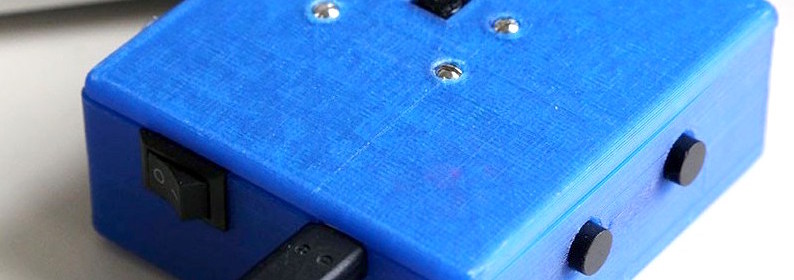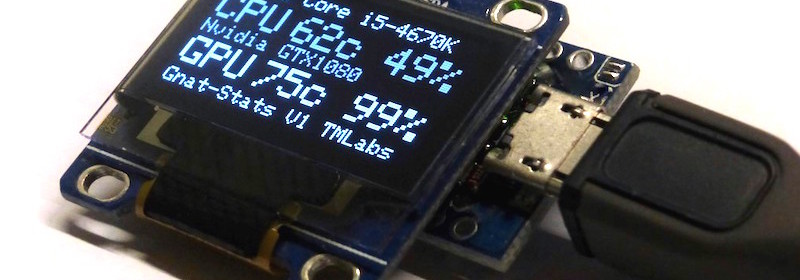Making your own action camera

Action cameras are great for capturing your favorite sport activities. Connor Yamada‘s describes how to build a DIY action camera using Raspberry Pi A+ computer and a Pi camera board. This camera can take both still and movie shots and is bluetooth and wifi enabled that allows wireless file transfers between the camera and a host computer. Connor also designed a 3D-printed enclosure for the camera that houses everything including a 2000mAh capacity rechargeable battery. In order to reduce the form factor his action camera, Connor had to remove the USB jack from one USB port on the Pi board with some side cutters and solder a ribbon cable to the
Read more


